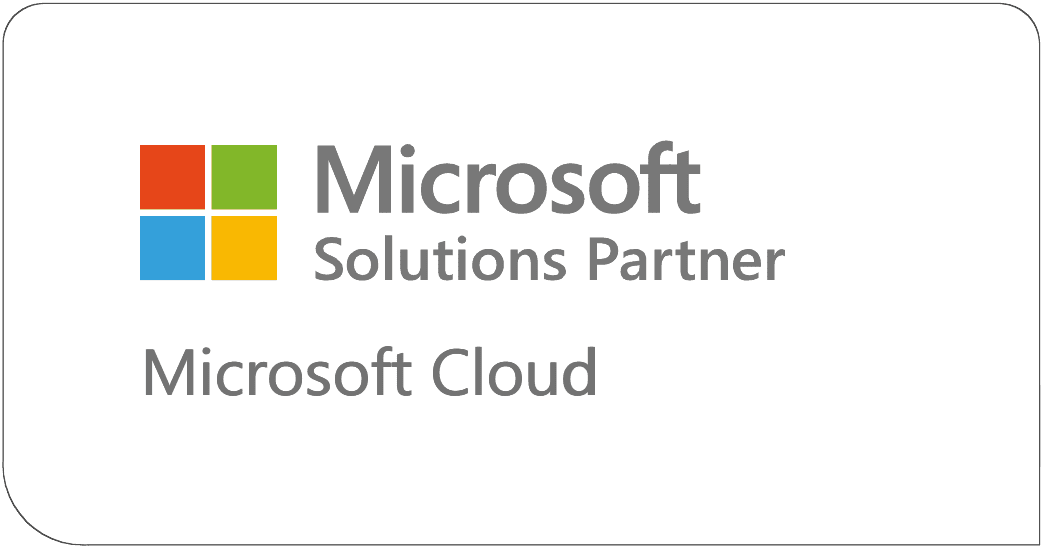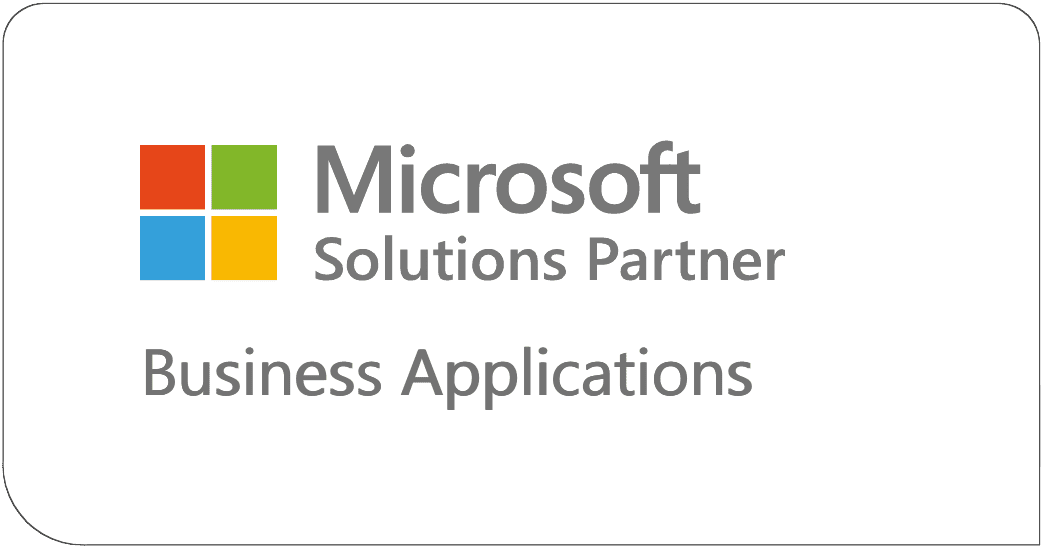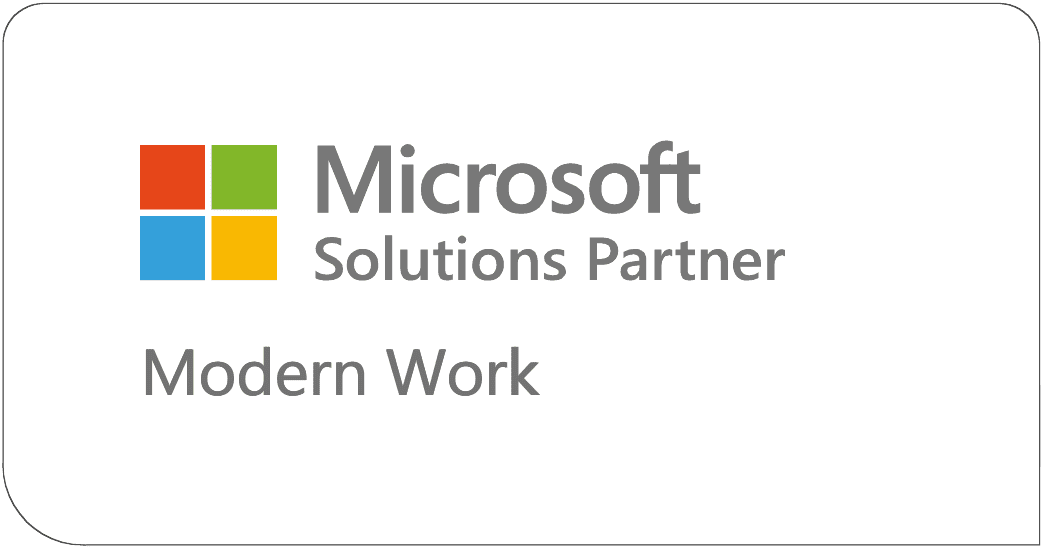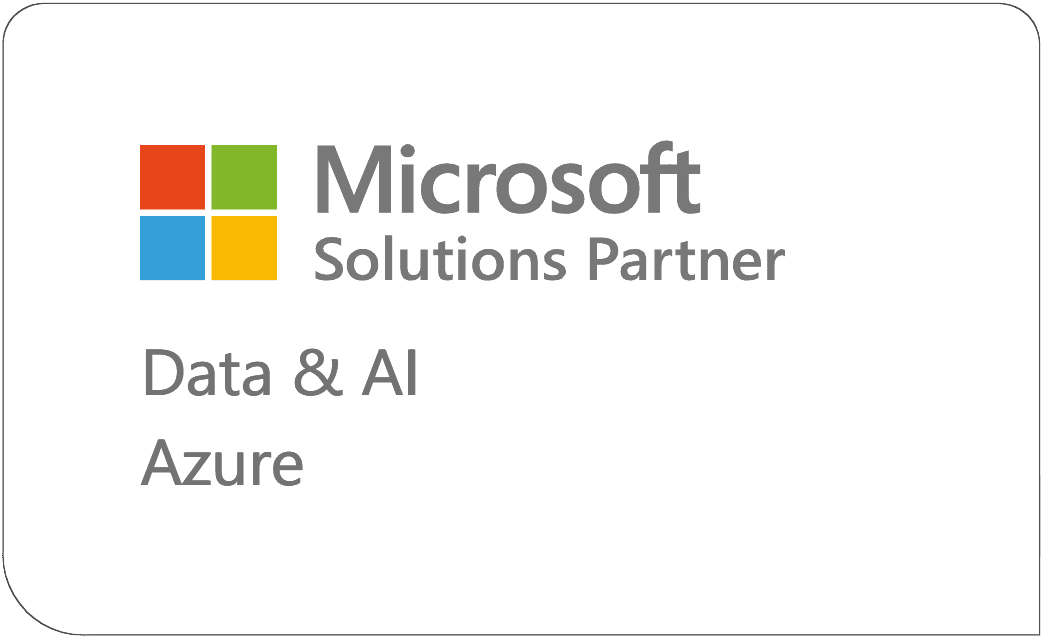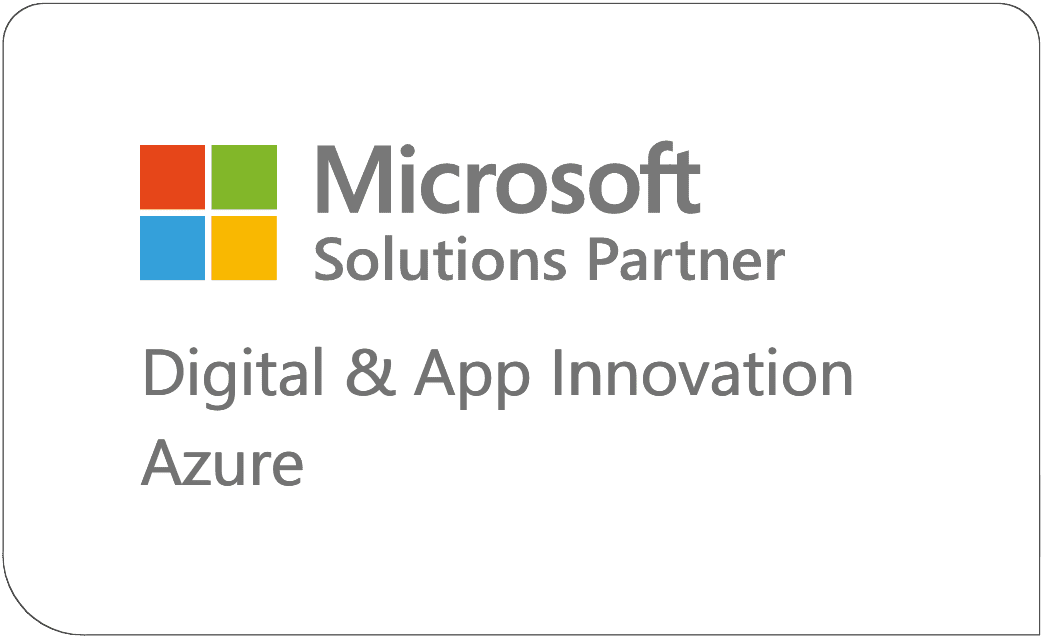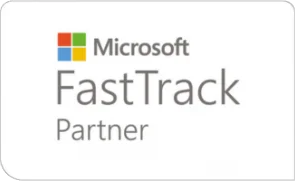Introduction
You rolled out Microsoft Purview thinking your data is locked down.
But here’s the uncomfortable truth:
If you’re like 87% of healthcare CIOs, your Microsoft Purview setup might be leaving PHI (Protected Health Information) exposed -without you even knowing it.
We’re not just guessing.
We’ve reviewed over 50 healthcare tenants in the last 12 months. And the patterns? They’re striking.
Most CIOs Think They’re Covered – But Here’s What’s Really Happening
You bought Microsoft Purview for a reason.
It promises end-to-end governance and HIPAA-grade protection for your most sensitive data – from EHR exports to diagnostic files, clinical notes, and beyond.
But like any powerful tool, Purview only works when it’s configured right. Otherwise, it becomes a very expensive false sense of security.
Let’s walk through the top 3 misconfigurations we’ve seen – and how to fix them.
Mistake #1: Over-Permissioned DLP Rules
You know DLP (Data Loss Prevention) is crucial.
But here’s the issue default or “broad brush” DLP rules sound good on paper but don’t actually stop leaks.
Here’s what we often see:
- Generic rules like “Block sensitive data from being shared externally”
- No scoping by role (e.g., care coordinators vs. billing admins)
- No context-aware triggers (e.g., time of access, device location)
Result?
PHI still ends up:
- In unsecured OneDrive folders
- Attached to patient emails
- Shared across Teams channels without oversight
Real-world stat
In one 3,500-employee hospital system, we found 42,000+ instances of unintentional PHI exposure – after DLP was deployed.
The Fix
- Create DLP policies scoped by user group and device trust level
- Implement audit-mode testing before enforcement
- Add conditions like patient name + diagnosis code = trigger
Mistake #2: Incorrect Sensitivity Labeling Logic
This one is sneaky.
You set up sensitivity labels. Great start. But what happens when nested rules or label priorities don’t line up?
We’ve seen
- “Confidential” labels applied after a file has already been shared
- Labels that skip entire folders because they’re set too deep in the logic tree
- Conflicts between manual and auto-applied labels
Translation: Your most sensitive files – diagnosis reports, insurance claims, scanned IDs – go unlabeled and unprotected.
Here’s a real-world scenario:
A medical staffer exports an EHR summary to Excel and stores it in SharePoint. The label rules were designed for .docx and .pdf files -but not Excel. So the file goes untagged. Then it gets shared with a third-party billing firm.
Boom. Breach.
The Fix
- Reorder label priorities based on data criticality
- Expand file-type coverage in your label policies
- Enable “Just-In-Time” label prompts when files are created or shared
Bonus: Use auto-labeling backed by machine learning – but always keep a human-in-the-loop workflow for high-risk content.
Mistake #3: No Custom Data Classifiers
Out-of-box classifiers are helpful.
They’ll catch things like Social Security Numbers, credit card numbers, and basic PII.
But here’s what they won’t catch:
- Custom insurance codes (e.g., CPT, HCPCS)
- Facility-specific terms (e.g., “Epic OR Tracker Export”)
- Internal abbreviations for PHI fields
In other words, most real-world healthcare data slips through the cracks.
Here’s what we found
In 79% of organizations we assessed, files containing clinical notes, patient summaries, and claim dispute documents went undetected because the system didn’t recognize their format or language.
The Fix
- Train Purview with custom data classifiers tuned to your org’s unique taxonomy
- Include synonyms, language variations, and even OCR for scanned documents
- Run quarterly audits of classifier effectiveness – don’t just “set it and forget it
What Smart Healthcare CIOs Are Doing Instead
The 13% of organizations getting Purview right? They’re not guessing.
Here’s how they’re succeeding
- Custom Templates for HIPAA Compliance
Build Purview blueprints that align directly with your HIPAA security and privacy rules—without relying on the generic Microsoft templates. - Granular DLP + Sensitivity Labeling Rules
Apply context-aware policies, by user, device, location, and data type. - Real-Time Monitoring & Remediation
Use activity explorer and content explorer inside Purview to track violations—and auto-flag suspicious activity before it becomes a breach. - Human-in-the-Loop Reviews
Leverage adaptive workflows that route flagged content to compliance officers or security teams before enforcement kicks in.
A Quick Recap
| Common Misconfigurations | Impact | What to Do |
|---|---|---|
| Over-permissioned DLP rules | PHI leaks into OneDrive, Teams | Add granular scoping + testing |
| Labeling logic errors | Files go unlabeled or mislabeled | Re-prioritize + auto-prompt labels |
| No custom data classifiers | Missed niche healthcare terms | Train classifiers on internal data |
So… Are You in the 87%?
If you’re not sure, you’re not alone.
Misconfiguring Purview isn’t a sign of negligence – it’s a sign that Microsoft’s tools can be complex without expert guidance.
But the good news? You can fix it fast.

Ebook: 4 ways Microsoft Purview can help you identify and mitigate insider threats
This eBook provides authoritative guidance on identifying potential insider threats, investigating insider incidents, remediating their impact, and preventing future occurrences.
Get the eBookReady to Find Out How Your Purview Setup Stacks Up?
We offer a free Purview Health Check built specifically for healthcare CIOs.
It takes 30 minutes. No obligation.
You’ll walk away with:
- A diagnostic of your current configuration
- A breakdown of where PHI may be at risk
- A roadmap to close compliance gaps – fast
Let’s make sure your data governance matches your security mission. Because in healthcare, “almost secure” just isn’t good enough.






